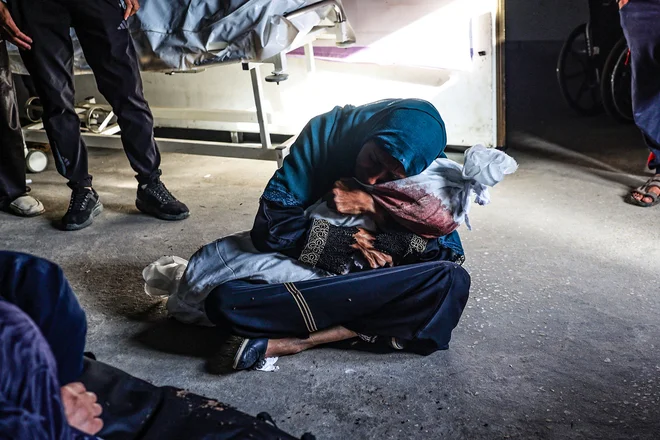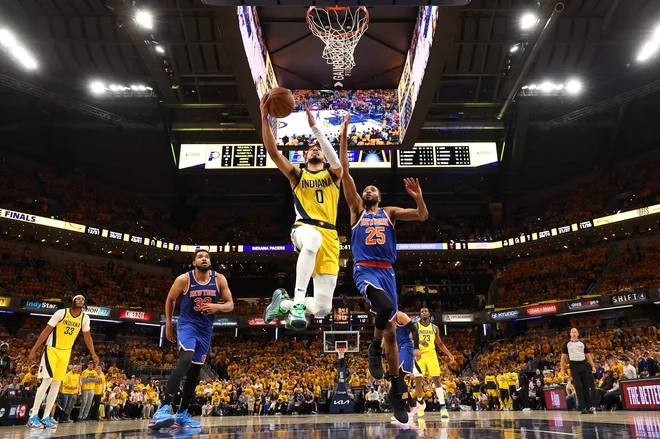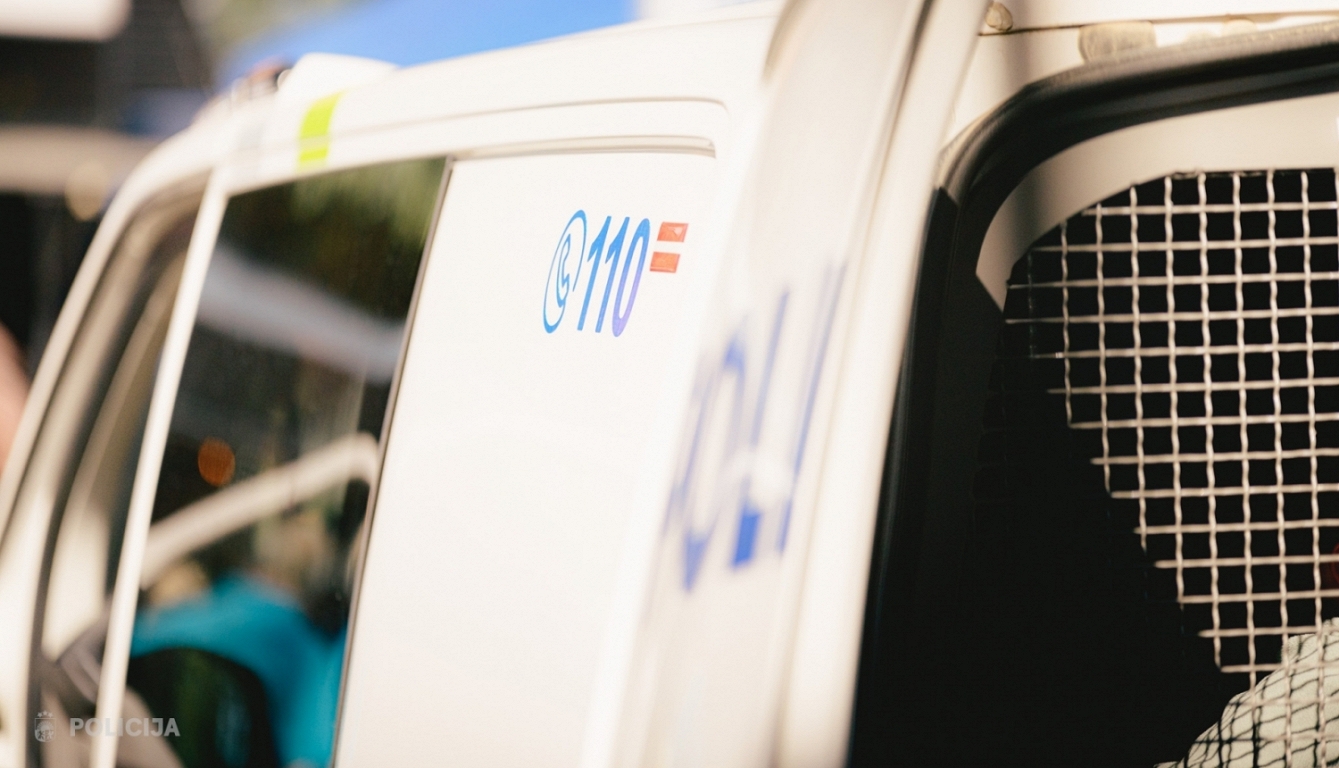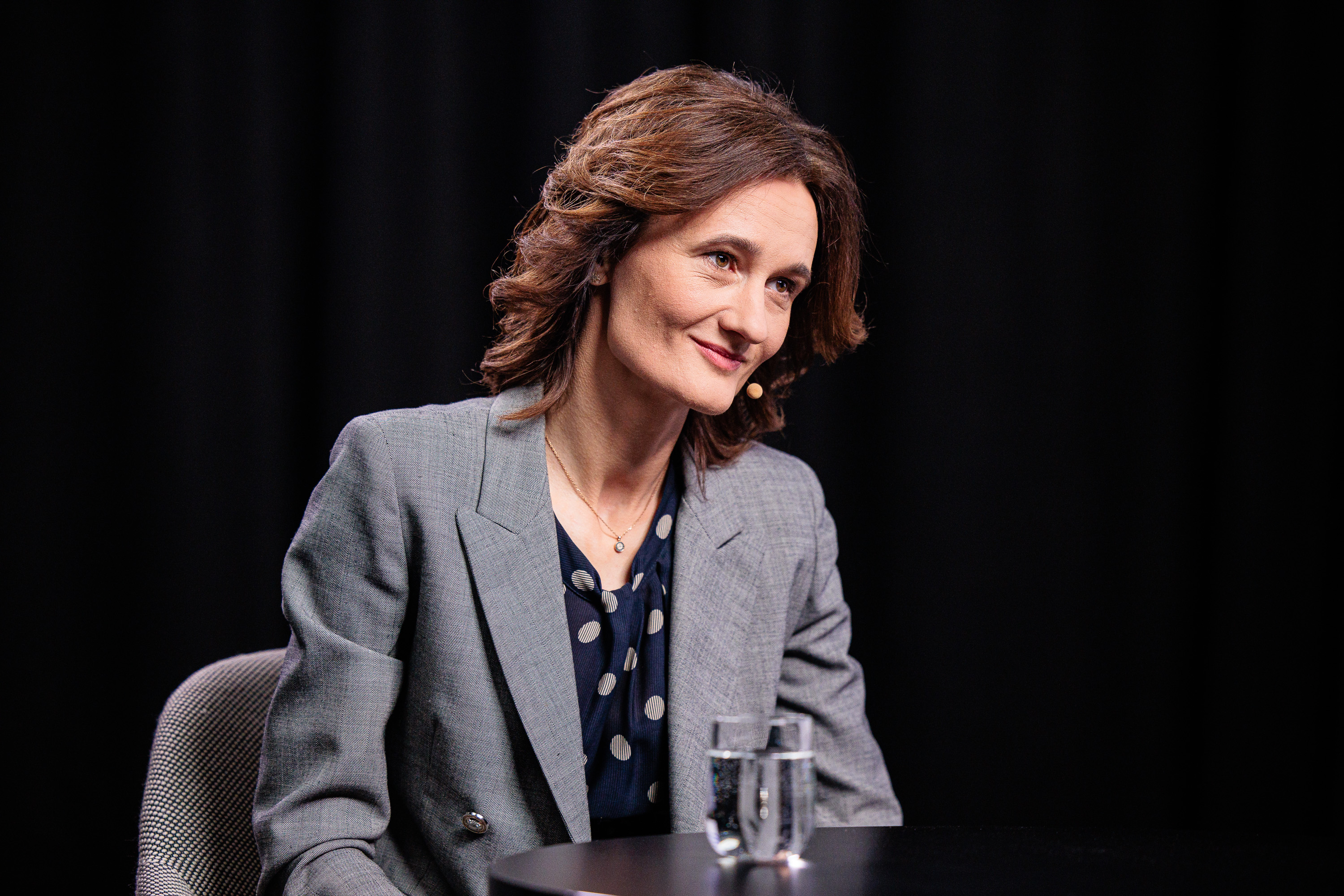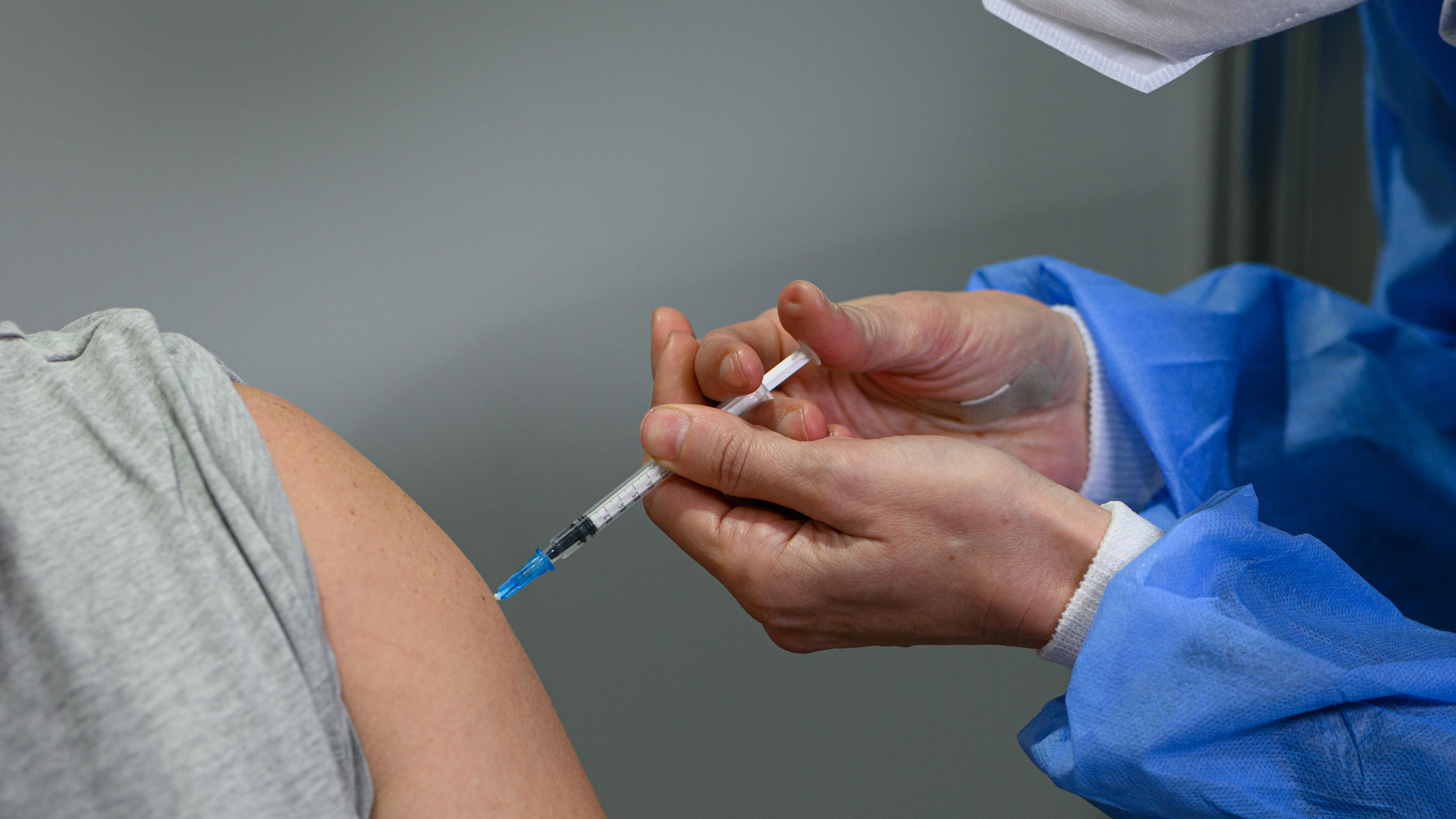Long journey from field views to layout
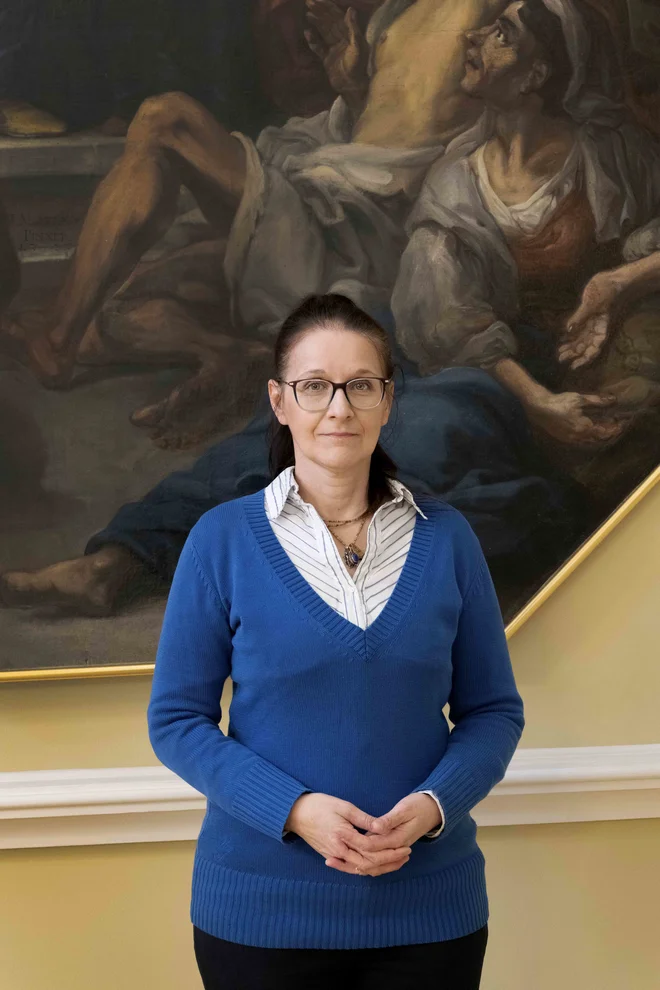
The preparation of such extensive exhibitions as Baroque in Slovenia: painting and sculptureis a multi -year project. It starts with field views that the curators perform with restorers, followed by the production of the list of desired works. During the process, it shows that not all reachable, some due to technical barriers or poor state of art, others – which happens less often – because of the unpreparedness of the owners to lend them, or strict state rules for export or insurance.
Project coordinator Kristina Preininger She said that the first works from the churches to the gallery were acquired in August last year, and then intensive field gathering took place from September to the end of last year. “Some exhibits have also arrived in the gallery this year, especially those from permanent museum and gallery layouts, which are difficult to miss in museums, have been obtained in the last week before opening. It is a big logistics-financial stock involving the preparation of documentation, insurance of artworks, dismantling, transportation, restoration procedures … « »
From the decision to the installation
The first applications were sent to the owners a bad year ago, and then they made a contract with each one, which includes the insurance of the borrowed artwork from the moment of acquisition to the return. “For each artwork, we sign a lapel and make a record of the state of art, we also photograph it. Most of the works of art were taken in the field: as a rule, they are easier to take over in museums and galleries, as they also have trained restorers, curators and technical teams, which have helped us greatly to be properly packed and protected from transportation. We took care of this part in churches and private individuals. «
Kristina Preininger Photo National Gallery
Particularly demanding are the disassembly of altar images, as they are generally larger dimensions. In some cases, they must hire carriers who specialize in the transport of artworks, sometimes they also require owners or artworks are simply too large or too heavy for a gallery transport vehicle.
“When it was a particularly demanding shooting of paintings from the altars or the rental of very heavy marble statues, we also had to engage trained external performers for this. The acquisition and documentation of the works in the gallery were taken care of in the registry, and then most of the borrowed works were for a short or long time handed over to restorers. Afterwards, a photographer did his job, as quality photographic footage for a lace catalog had to be provided. The works of art then waited in the depots until the end of February, when a permanent collection was completely withdrawn. When the exhibition spaces were prepared, borrowed works of art were gradually transferred to the exhibition, for which the designer and author prepared a plan for the layout of artworks by rooms. At the end of the chain is to place artworks on walls, billboards, in showcases … «
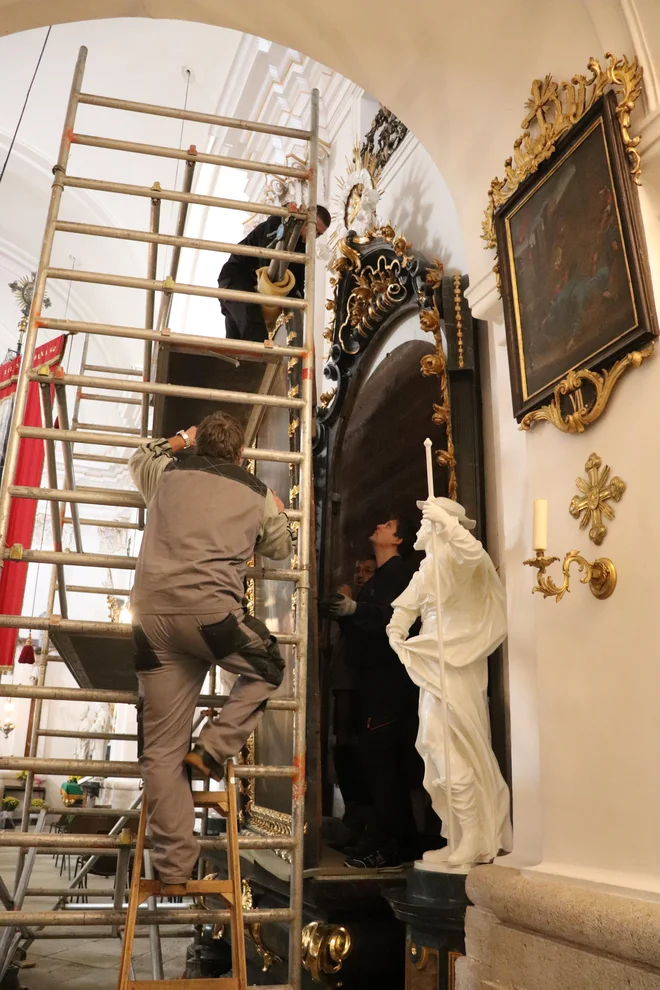
One of the most demanding dismantling of the altar paintings was held at the parish church of Mary’s proclamation in Velesovo. Photo National Gallery
Challenges and Rewards
For Kristina Preininger, the biggest challenge was to convince the owners that they had resigned works of art for a good year. For the exhibition Baroque in Slovenia Some gave up the artwork from the permanent collections, and works from churches and monasteries, of course, also have a pious function. In some cases, when they borrowed pictures from the main altars, it was necessary to prepare replacement printed matter in actual size and insert them into the altars.
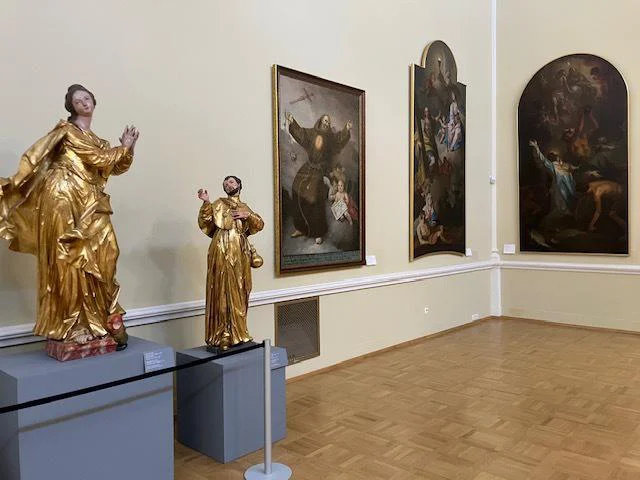
Picture (on the right) at the exhibition at the National Gallery Photo National Gallery
“Many beautiful, interesting stories took place when preparing for the exhibition. In my memory, I will remain a picture Holy Elizabethfor which we have negotiated for a long time. In the end, we fulfilled all the owner’s conditions, including that in the same day when we take the image from the main altar, there must also be an alternate print into it. We could finally take the picture on 20 in November, just days after Saint’s best. «
Kristina Preininger also highlighted the uniqueness of the exhibition, as we rarely have the opportunity to see so many baroque art in one place. “I look forward to the lucid layout of the exhibition, which, in the inter -dialogues of artwork, opens new insights into the rich Baroque heritage, inspires and invites you to view artworks and situespecially frescoes. «
For the first time on display
Some works of art will be on display after a long time, even after they seemed to be lost. An example is the marble statue of Francesca Robba: St. Francis Regis From the church of St. Catharine. The statue was badly damaged in an earthquake in Petrinja 29. December 2020. Understandably, the owners were initially restrained at our request for borrowing a statue, but we agreed and the statue with the help of Croatian colleagues happily arrived in the gallery.
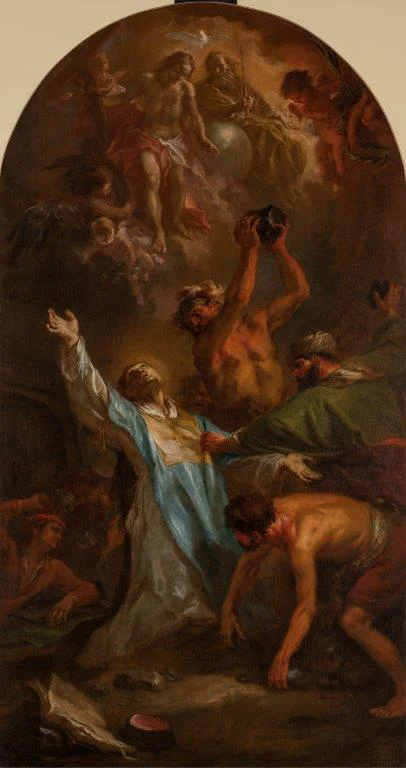
Picture from Oltara, Veles’s photo Janko Dermastja, National Gallery

